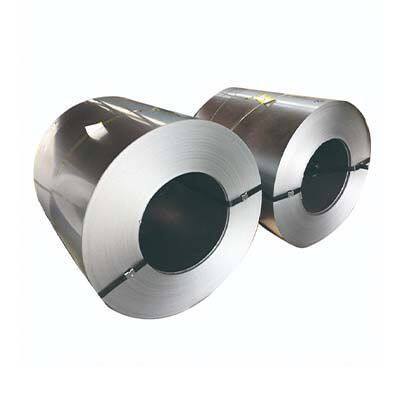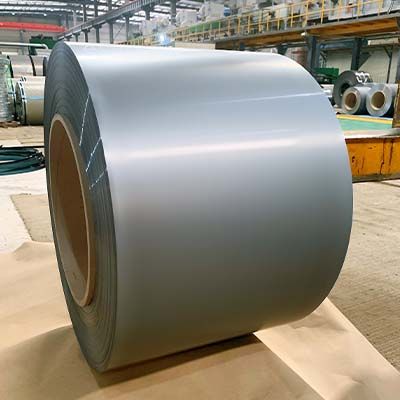When it comes to managing heat and ensuring optimal energy efficiency, understanding the thermal conductivity of materials plays a pivotal role. Silicon steel, a remarkable alloy renowned for its electrical and magnetic properties, also possesses an intriguing thermal conductivity that has captivated researchers and engineers alike.
In this comprehensive article, we will delve into the depths of silicon steel thermal conductivity, uncovering its characteristics, applications, and the factors influencing its performance.
Silicon Steel Thermal Conductivity Introduction
Silicon steel thermal conductivity refers to the ability of silicon steel to conduct heat. This property determines how effectively the material can transfer thermal energy from one point to another. Understanding the fundamentals of silicon steel thermal conductivity enables us to harness its potential for efficient heat dissipation and energy optimization.
The Significance of Thermal Conductivity: Thermal conductivity serves as a crucial metric in various fields, including electrical engineering, automotive, renewable energy, and more. By comprehending the thermal conductivity of materials, engineers can design innovative solutions to manage heat effectively, enhancing the performance and longevity of devices and systems.
Silicon Steel's Heat Transfer Ability: Silicon steel, also known as electrical steel or transformer steel, is primarily composed of iron and silicon. Its unique composition offers exceptional magnetic properties, making it ideal for electrical applications. However, silicon steel also possesses notable thermal conductivity characteristics, making it a valuable material for heat management.
Factors Influencing Silicon Steel Thermal Conductivity
Silicon Content: The silicon content in silicon steel affects its thermal conductivity. Higher silicon content generally results in higher thermal conductivity.
Grain Orientation: The crystallographic structure and grain orientation within silicon steel impact its heat transfer abilities. Aligned grains facilitate better heat flow.
Impurities: The presence of impurities, such as carbon and oxygen, can hinder heat transfer within the material. High-quality silicon steel with low impurity levels exhibits superior thermal conductivity.
Heat Treatment: The heat treatment process employed during the manufacturing of silicon steel can influence its thermal conductivity. Proper annealing and controlled cooling optimize the material's heat transfer capabilities
Applications Involved Silicon Steel Thermal Conductivity
Silicon steel's exceptional thermal conductivity finds applications in various industries where efficient heat management is paramount. Let's explore some of the key areas where silicon steel shines.
1. Electrical Engineering
In electrical engineering, silicon steel plays a vital role in the construction of transformers, motors, and generators. Its high magnetic permeability, coupled with excellent thermal conductivity, ensures efficient heat dissipation, preventing overheating and extending the lifespan of these crucial components.
2. Automotive Industry
The automotive industry extensively utilizes silicon steel for the manufacturing of electric vehicle (EV) motors and hybrid vehicle systems. The material's excellent thermal conductivity aids in dissipating heat generated by these powertrains, enabling optimal performance and reducing the risk of overheating.
3. Renewable Energy
Silicon steel finds its place in renewable energy systems, particularly in wind turbines and solar inverters. By effectively managing heat within these systems, silicon steel helps maximize energy conversion efficiency and ensures the smooth operation of clean energy technologies.
4. Industrial Applications
Silicon steel's remarkable thermal conductivity also benefits various industrial applications. It is commonly employed in the construction of magnetic cores for sensors, relays, and other electromagnetic devices. The efficient dissipation of heat ensures the reliable performance and longevity of these critical components.
Conclusion
In the realm of heat management, silicon steel thermal conductivity emerges as a compelling factor. Its unique properties, coupled with exceptional magnetic characteristics, make silicon steel a versatile material for efficient heat dissipation. By understanding the factors influencing silicon steel's thermal conductivity and its wide-ranging applications, engineers and researchers can unlock its true potential in various industries.






